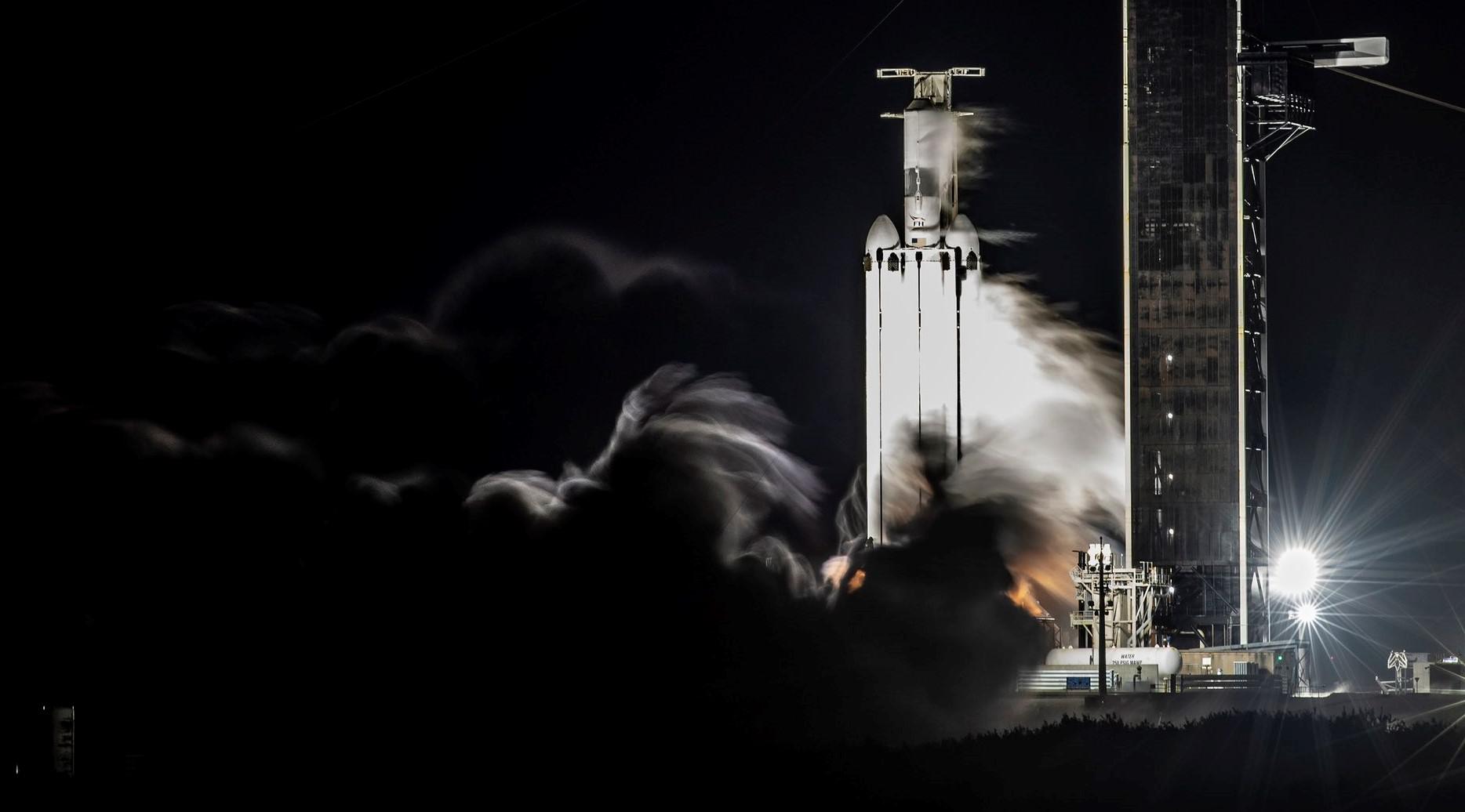
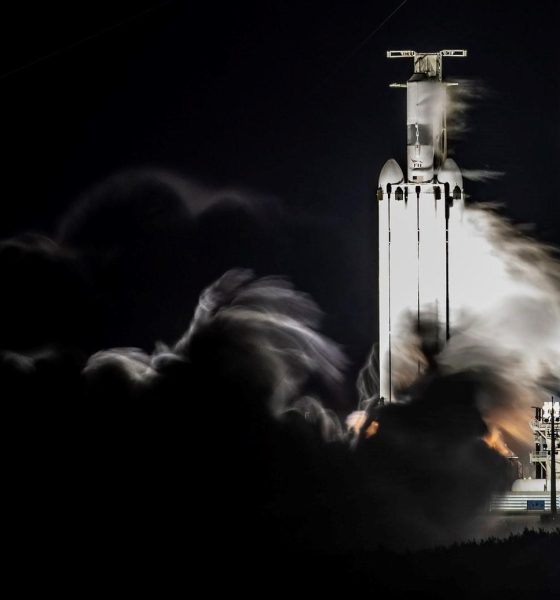
News
SpaceX Falcon Heavy rocket passes static fire test three years in the making
After knocking out some figurative cobwebs, SpaceX has test-fired a Falcon Heavy rocket for the first time since June 2019.
Shortly before the static fire, NASASpaceflight’s Thomas Burghardt reported that Falcon Heavy’s first launch in 40 months – a mission for the US Space Force known as USSF-44 – had slipped from October 28th and October 31st to no earlier than (NET) 9:40 am EDT (13:40 UTC), Tuesday, November 1st. USSF-44 will be Falcon Heavy’s fourth launch since February 2018.
During its 10-second October 27th static fire, Falcon Heavy – the most capable rocket currently operational – appeared to ignite all 27 of its first stage’s Merlin 1D engines, likely producing up to 2350 tons (5.18 million lbf) of thrust. Only three liquid-powered rockets (N1, Saturn V, & Energia) and one rocket augmented by solid rocket boosters (the Space Shuttle) have produced more thrust at sea level, and the most recently active of those four vehicles (NASA’s Space Shuttle) was permanently retired in 2011.
NASA’s Space Launch System (SLS) rocket will retake the crown when it (hopefully) debuts later this year, but Falcon Heavy will remain the most powerful commercially-available rocket until SpaceX’s own Starship debuts. After Starship debuts later this year or early next, Falcon Heavy will continue on as the second most powerful commercial rocket for the indefinite future.
After more than three years of downtime, SpaceX unsurprisingly appeared to run into minor issues while preparing Falcon Heavy for a full wet dress rehearsal and static fire. SpaceX rolled the rocket – sans payload fairing – out to the launch pad late on October 25th, at which point the launch target had already slipped to October 31st. Falcon Heavy then sat horizontally for about 30 hours before SpaceX raised it vertical and fully attached the rocket and transporter/erector to the pad’s ground systems.
Another 12 hours of work later, SpaceX was ready to begin static fire test operations, and Falcon Heavy fired up at 8 pm EDT on October 27th, 50 hours after it rolled out. During Falcon 9’s most recent satellite launch out of Pad 39A, the rocket lifted off about 30 hours after rollout. While preparing for Falcon Heavy Block 5’s first launch (Flight 2 overall) in April 2019, the rocket went vertical 12 hours after rollout – 18 hours faster than Flight 4. Ahead of Flight 3 in June 2019, Falcon Heavy completed a static fire test 25 hours after rolling out – 25 hours faster than Flight 4.

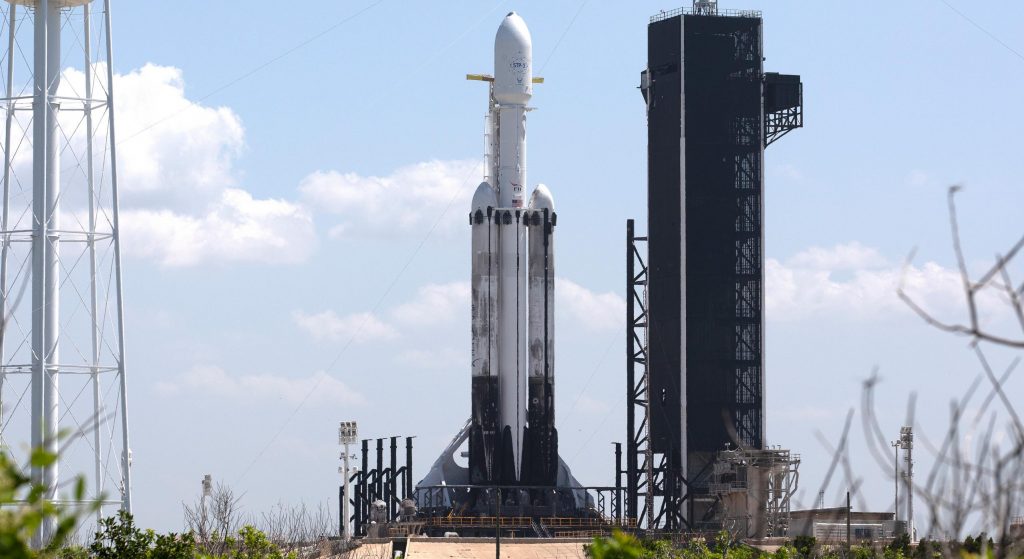
Before it can launch, Falcon Heavy will have to return to LC-39A’s hangar to have its fairing (containing two classified USSF-44 satellites) installed and then return to the pad, repeating the rollout process. Falcon Heavy Flight 3 holds the record (5d 4h) for the shortest gap between a static fire and launch. Falcon Heavy’s updated launch target is 4 days and 14 hours after its static fire, meaning that SpaceX will have to break that record to launch USSF-44 as planned.
Update: The USSF-44 payload fairing – satellites safely encapsulated inside it – headed to Pad 39A less than four hours after Falcon Heavy Flight 4’s static fire.
Regardless, with a successful static fire under its belt, Falcon Heavy’s fourth launch is now all but guaranteed to occur within the next 5-10 days. The rocket’s fifth launch – carrying ViaSat’s first ViaSat-3 communications satellite – could follow as early as December 2022, and another four Falcon Heavy launches are currently scheduled between January and August 2023.

News
Tesla Europe rolls out FSD ride-alongs in the Netherlands’ holiday campaign
The festive event series comes amid Tesla’s ongoing push for regulatory approval of FSD across Europe.
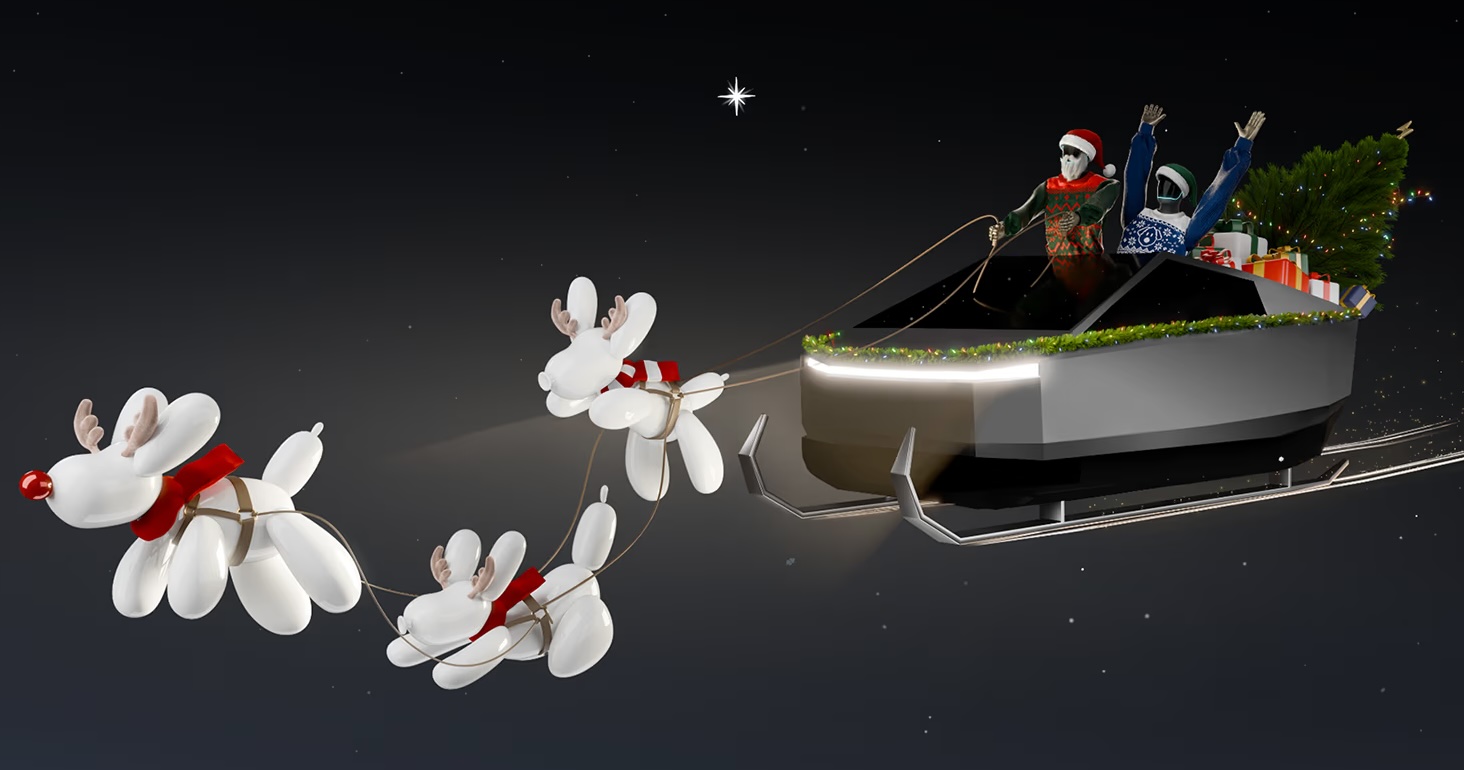
Tesla Europe has announced that its “Future Holidays” campaign will feature Full Self-Driving (Supervised) ride-along experiences in the Netherlands.
The festive event series comes amid Tesla’s ongoing push for regulatory approval of FSD across Europe.
The Holiday program was announced by Tesla Europe & Middle East in a post on X. “Come get in the spirit with us. Featuring Caraoke, FSD Supervised ride-along experiences, holiday light shows with our S3XY lineup & more,” the company wrote in its post on X.
Per the program’s official website, fun activities will include Caraoke sessions and light shows with the S3XY vehicle lineup. It appears that Optimus will also be making an appearance at the events. Tesla even noted that the humanoid robot will be in “full party spirit,” so things might indeed be quite fun.
“This season, we’re introducing you to the fun of the future. Register for our holiday events to meet our robots, see if you can spot the Bot to win prizes, and check out our selection of exclusive merchandise and limited-edition gifts. Discover Tesla activities near you and discover what makes the future so festive,” Tesla wrote on its official website.
This announcement aligns with Tesla’s accelerating FSD efforts in Europe, where supervised ride-alongs could help demonstrate the tech to regulators and customers. The Netherlands, with its urban traffic and progressive EV policies, could serve as an ideal and valuable testing ground for FSD.
Tesla is currently hard at work pushing for the rollout of FSD to several European countries. Tesla has received approval to operate 19 FSD test vehicles on Spain’s roads, though this number could increase as the program develops. As per the Dirección General de Tráfico (DGT), Tesla would be able to operate its FSD fleet on any national route across Spain. Recent job openings also hint at Tesla starting FSD tests in Austria. Apart from this, the company is also holding FSD demonstrations in Germany, France, and Italy.
News
Tesla sees sharp November rebound in China as Model Y demand surges
New data from the China Passenger Car Association (CPCA) shows a 9.95% year-on-year increase and a 40.98% jump month-over-month.
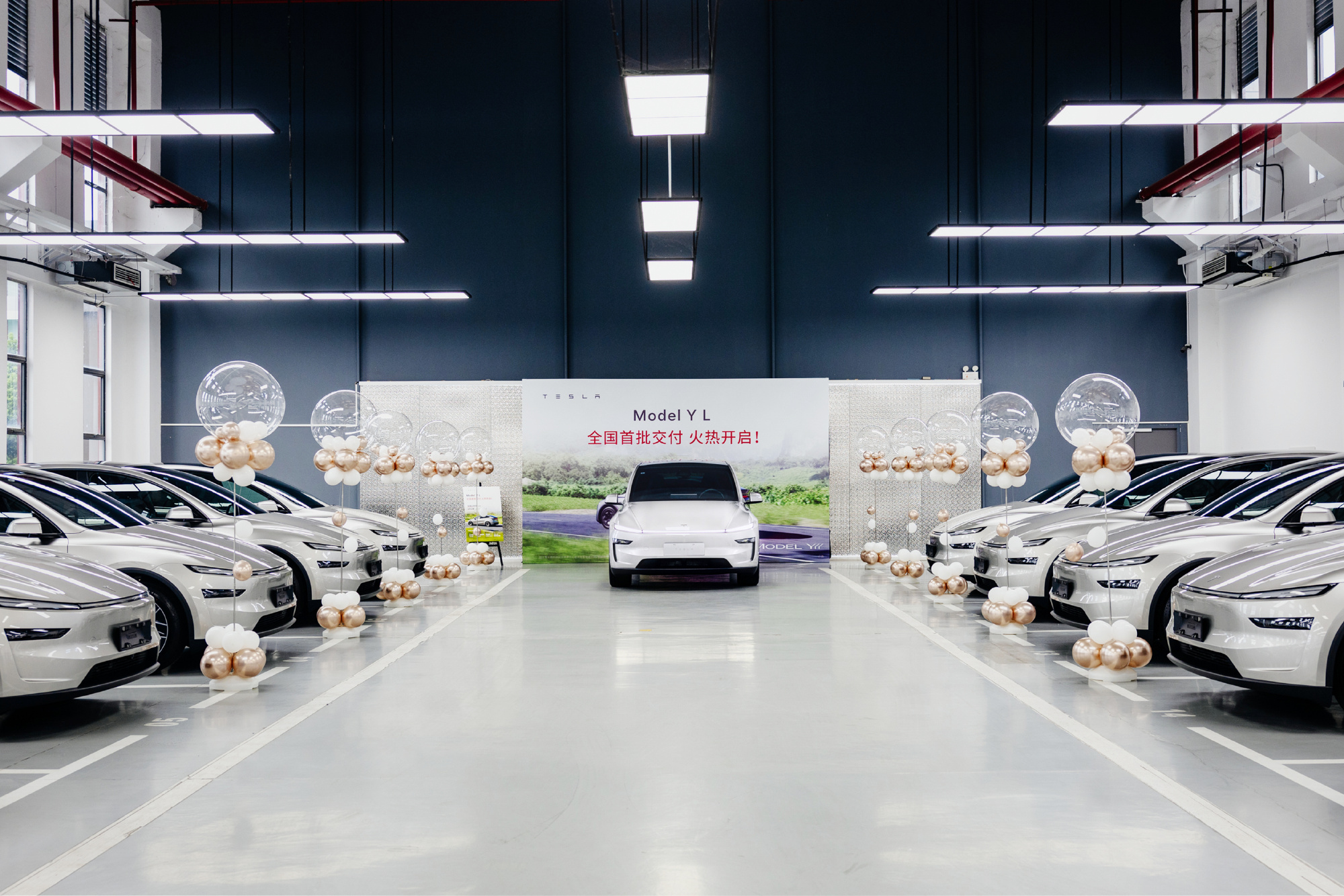
Tesla’s sales momentum in China strengthened in November, with wholesale volumes rising to 86,700 units, reversing a slowdown seen in October.
New data from the China Passenger Car Association (CPCA) shows a 9.95% year-on-year increase and a 40.98% jump month-over-month. This was partly driven by tightened delivery windows, targeted marketing, and buyers moving to secure vehicles before changes to national purchase tax incentives take effect.
Tesla’s November rebound coincided with a noticeable spike in Model Y interest across China. Delivery wait times extended multiple times over the month, jumping from an initial 2–5 weeks to estimated handovers in January and February 2026 for most five-seat variants. Only the six-seat Model Y L kept its 4–8 week estimated delivery timeframe.
The company amplified these delivery updates across its Chinese social media channels, urging buyers to lock in orders early to secure 2025 delivery slots and preserve eligibility for current purchase tax incentives, as noted in a CNEV Post report. Tesla also highlighted that new inventory-built Model Y units were available for customers seeking guaranteed handovers before December 31.
This combination of urgency marketing and genuine supply-demand pressure seemed to have helped boost November’s volumes, stabilizing what had been a year marked by several months of year-over-year declines.
For the January–November period, Tesla China recorded 754,561 wholesale units, an 8.30% decline compared to the same period last year. The company’s Shanghai Gigafactory continues to operate as both a domestic production base and a major global export hub, building the Model 3 and Model Y for markets across Asia, Europe, and the Middle East, among other territories.
Investor's Corner
Tesla bear gets blunt with beliefs over company valuation
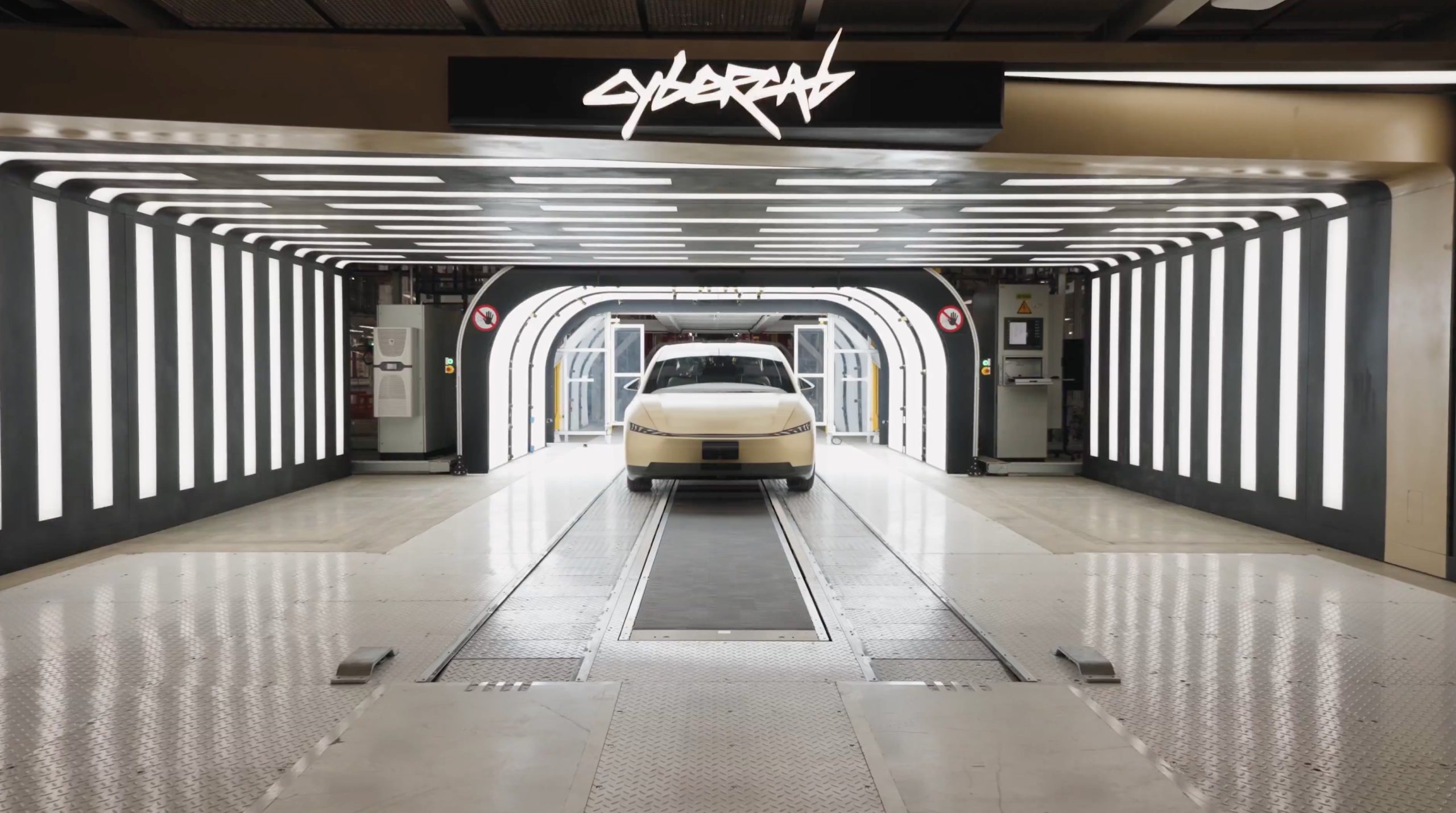
Tesla bear Michael Burry got blunt with his beliefs over the company’s valuation, which he called “ridiculously overvalued” in a newsletter to subscribers this past weekend.
“Tesla’s market capitalization is ridiculously overvalued today and has been for a good long time,” Burry, who was the inspiration for the movie The Big Short, and was portrayed by Christian Bale.
Burry went on to say, “As an aside, the Elon cult was all-in on electric cars until competition showed up, then all-in on autonomous driving until competition showed up, and now is all-in on robots — until competition shows up.”
Tesla bear Michael Burry ditches bet against $TSLA, says ‘media inflated’ the situation
For a long time, Burry has been skeptical of Tesla, its stock, and its CEO, Elon Musk, even placing a $530 million bet against shares several years ago. Eventually, Burry’s short position extended to other supporters of the company, including ARK Invest.
Tesla has long drawn skepticism from investors and more traditional analysts, who believe its valuation is overblown. However, the company is not traded as a traditional stock, something that other Wall Street firms have recognized.
While many believe the company has some serious pull as an automaker, an identity that helped it reach the valuation it has, Tesla has more than transformed into a robotics, AI, and self-driving play, pulling itself into the realm of some of the most recognizable stocks in tech.
Burry’s Scion Asset Management has put its money where its mouth is against Tesla stock on several occasions, but the firm has not yielded positive results, as shares have increased in value since 2020 by over 115 percent. The firm closed in May.
In 2020, it launched its short position, but by October 2021, it had ditched that position.
Tesla has had a tumultuous year on Wall Street, dipping significantly to around the $220 mark at one point. However, it rebounded significantly in September, climbing back up to the $400 region, as it currently trades at around $430.
It closed at $430.14 on Monday.









